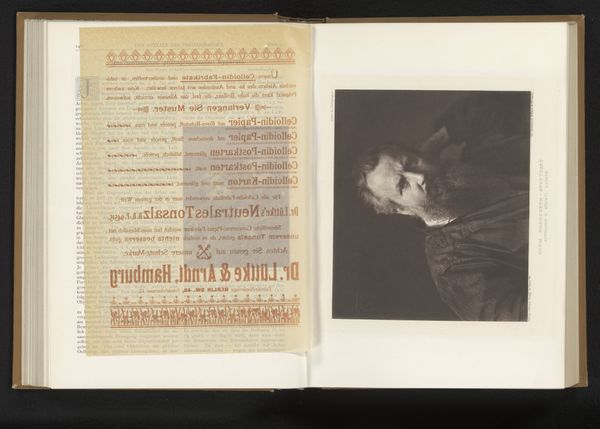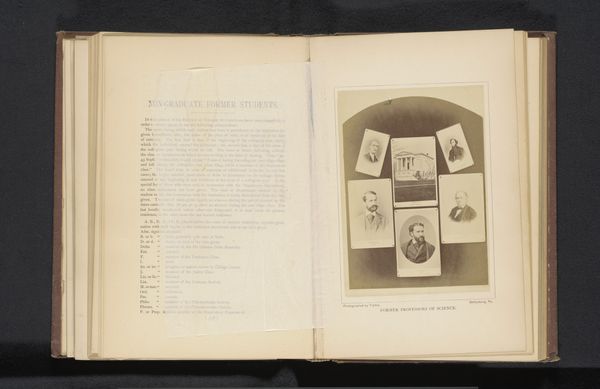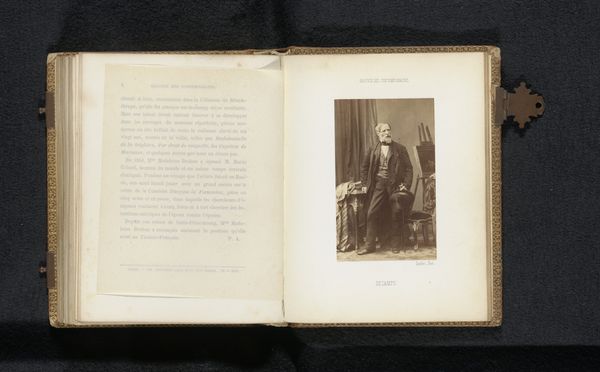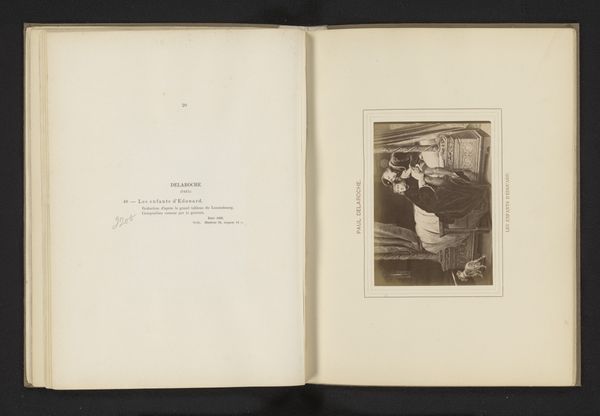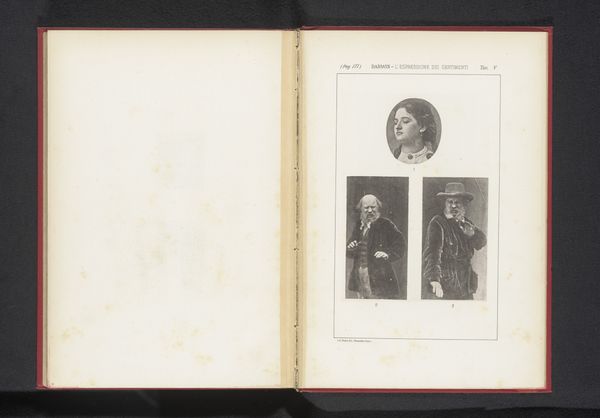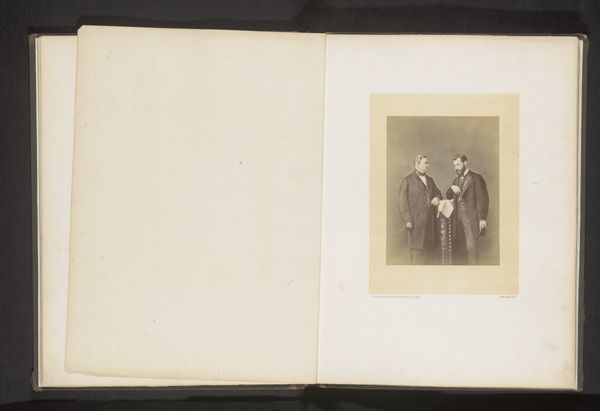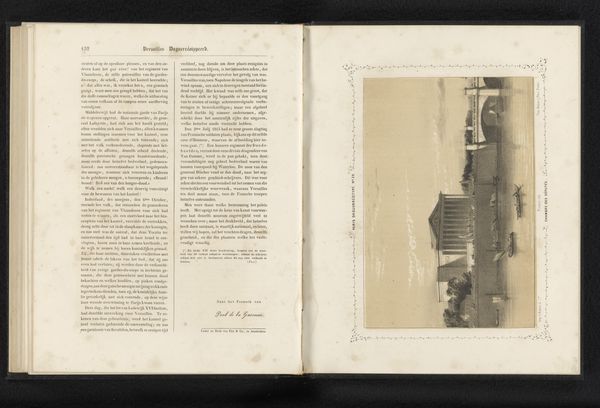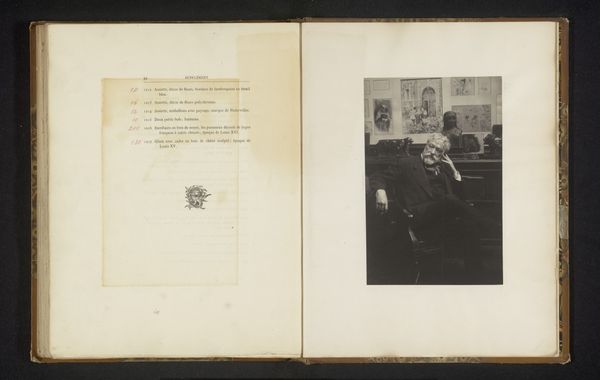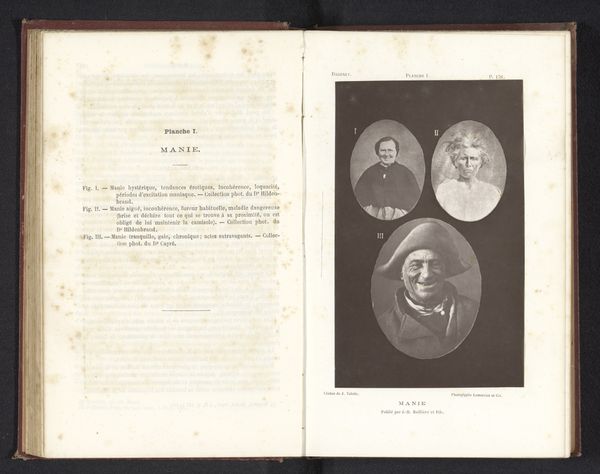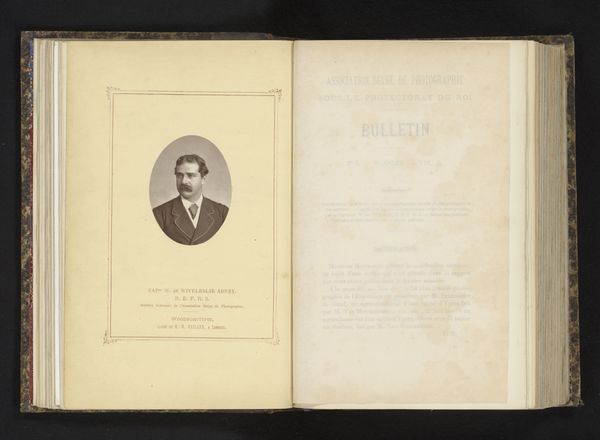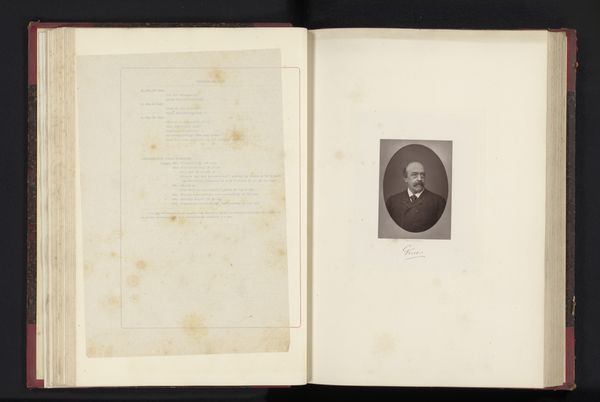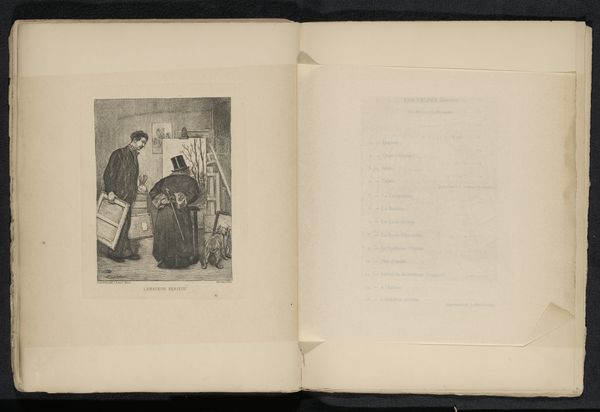
print, photography
#
portrait
# print
#
photography
#
genre-painting
Dimensions: height 180 mm, width 141 mm
Copyright: Rijks Museum: Open Domain
Alfred Kirstein made this photogravure of the Hofmeister brothers in Berlin, sometime between the late 19th and early 20th centuries. This image isn’t simply a record of two men; it’s also an artifact of the changing social status of photography, and of the photogravure as a means of artistic reproduction. Looking closely, we see not just a double portrait, but a staged performance of bourgeois masculinity. They are dressed in formal suits and bow ties, signaling their status and respectability. The image’s formal qualities, like the soft lighting and shallow depth of field, mimic the aesthetics of painting, suggesting photography’s aspiration to be recognized as a fine art. The photogravure process allowed for the mass production of high-quality images, democratizing art and bringing it to a wider audience. By studying sources such as period journals, exhibition catalogues, and critical reviews, we can understand how photography was seen at the time. The Hofmeister brothers become more than just figures in a portrait, they’re representatives of social change.
Comments
No comments
Be the first to comment and join the conversation on the ultimate creative platform.
